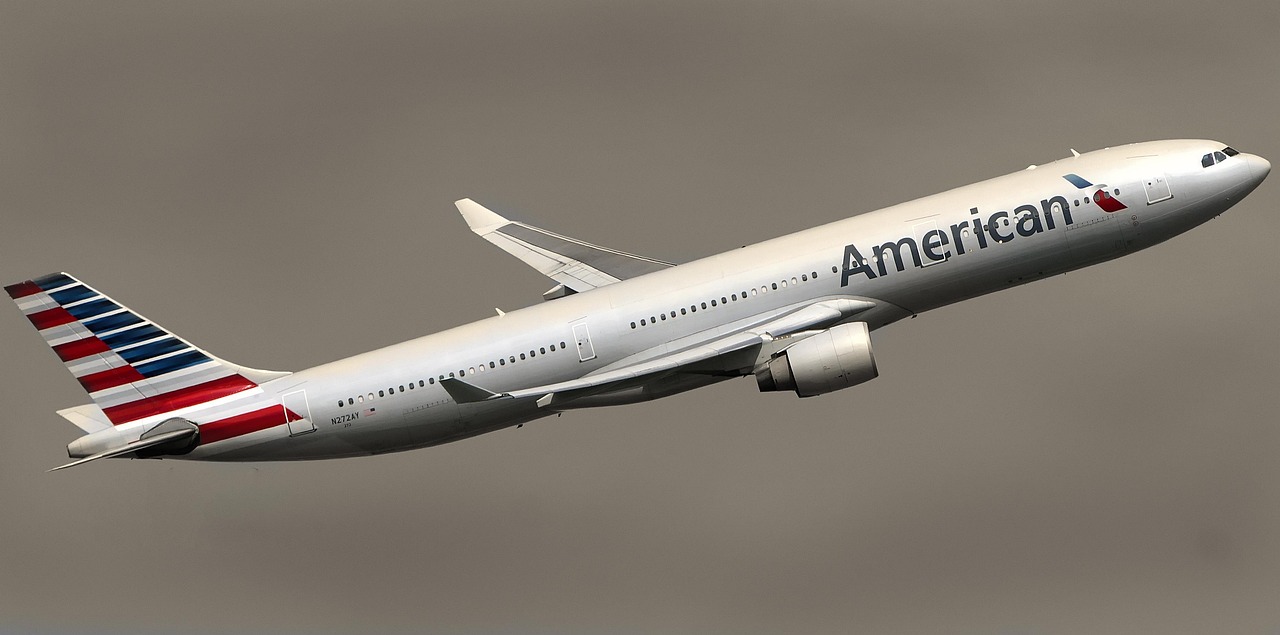In today’s globalized world, air travel is more prevalent than ever, with flights regularly crossing international borders. While this growth in connectivity has brought immense benefits, it has also led to increasingly complex legal and regulatory challenges—particularly concerning airline liability and risk in cross-border incidents. Understanding how these liabilities work and how risks are managed is essential for passengers, legal professionals, insurers, and airline operators.
The Legal Foundations of International Airline Liability
Cross-border airline liability is governed by a combination of international treaties, national laws, and bilateral agreements. When an incident occurs involving multiple countries—whether an accident, injury, or delay—the applicable legal framework must be identified to determine the responsible parties and the rights of those affected.
The Warsaw and Montreal Conventions
Two of the most important international treaties governing airline liability are the Warsaw Convention of 1929 and the Montreal Convention of 1999. The Warsaw Convention initially established the framework for international airline liability, but over time, it was deemed outdated in dealing with modern air travel concerns.
The Montreal Convention, which now governs most international airline operations, modernized and standardized liability rules across countries. Key aspects of the Montreal Convention include:
- Strict liability up to a certain amount for death or injury
- Unlimited liability if the airline is at fault
- Compensation for flight delays and baggage issues
- Jurisdiction options for filing claims, including the passenger’s principal residence
These rules are binding only for countries that are signatories to the treaty, which means litigation can become extremely complex when non-signatory countries are involved.
The Role of National and Local Laws
While international treaties provide a foundational structure, national and even state-level laws often fill in the gaps. These laws can vary significantly and may influence liability caps, procedural requirements, and the recognition of jurisdiction.
For instance, U.S. courts may allow for higher compensation or apply different statutes of limitations than courts in other jurisdictions. Legal counsel familiar with both local and international aviation law is therefore critical when navigating such disputes.
Liability Scenarios in Cross-Border Contexts
Passenger Injury or Death
One of the most legally challenging scenarios involves passenger injury or death on an international flight. The Montreal Convention applies in these cases, but determining where the claim should be filed—and which jurisdiction’s law applies—can be difficult. Factors such as the location of the airline’s headquarters, the passenger’s residence, and the final destination of the journey all play a role.
For example, a passenger flying from Paris to New York via London who sustains injuries may have multiple options for jurisdiction. This opens opportunities but also introduces legal complexity and strategic decision-making in litigation.
Flight Delays and Cancellations
Delayed or canceled international flights also fall under the Montreal Convention, which allows passengers to seek compensation. However, proving damage from a delay can be challenging, as courts typically require evidence of financial or emotional harm.
In the European Union, EU Regulation 261/2004 adds another layer by providing automatic compensation for certain delays, but it only applies to flights within or departing from the EU, or arriving in the EU on an EU-based carrier.
Baggage Loss and Damage
Lost or damaged baggage on an international flight is another area governed by the Montreal Convention. Compensation is capped under Special Drawing Rights (SDRs), a type of monetary unit used by the International Monetary Fund, unless the passenger declares a higher value in advance and pays an additional fee.
Managing Risk in a Multinational Legal Landscape
Airlines must take proactive steps to manage their risk exposure across borders. This includes comprehensive insurance coverage, strict compliance with safety regulations, and well-developed crisis response protocols.
The Role of Aviation Insurance
Aviation insurers must account for international liability exposure, especially when covering airlines operating globally. Policies must address bodily injury, property damage, and third-party claims. Some insurers also offer legal defense coverage for lawsuits filed in foreign jurisdictions.
Legal Counsel and Representation
Because of the patchwork of laws and treaties, it’s essential for both airlines and passengers to seek experienced legal guidance. Aviation law firms with international reach and cross-jurisdictional expertise can make a significant difference in the outcome of litigation or settlement discussions.
One firm offering support in this complex field is Aero Law Center global aviation attorneys, who provide strategic legal representation tailored to cross-border aviation matters.
Recent Developments and Ongoing Challenges
Pursuing Justice through Media and Advocacy
Beyond legal courts, media and public advocacy have emerged as critical tools in pursuing accountability in cross-border airline incidents. Projects like Justice on the Airwaves examine how victims and families seek truth and reparations in high-profile cases, highlighting the human cost of bureaucratic and legal delays.
The Role of Aviation Attorneys
Attorneys with a focus on aviation law bring essential expertise to bear in navigating the nuances of cross-border aviation claims. Their role includes not only litigating claims but also advising clients on insurance, regulatory compliance, and jurisdictional strategies.
Resources for Further Legal Understanding
For those looking to dive deeper into the legal frameworks surrounding international air travel, resources like USLegal’s International Aviation Law portal provide valuable summaries and insights into treaties, regulatory bodies, and liability principles.
Looking Ahead: Trends in International Airline Risk Management
As air travel rebounds post-pandemic and new technologies such as autonomous aircraft and urban air mobility evolve, cross-border liability frameworks will likely face fresh challenges. Governments and international bodies may need to revise existing treaties or establish new agreements to ensure legal clarity and passenger protection.
Furthermore, the increase in cyber threats and climate-related disruptions introduces a new class of aviation risk, requiring updated insurance models and international cooperation.
Conclusion
Navigating the legal complexities of cross-border airline liability and risk requires a robust understanding of international treaties, national laws, and industry best practices. For passengers, legal professionals, and airline operators, the evolving landscape demands vigilance, preparation, and expert guidance. Whether seeking compensation after an incident or designing a proactive risk strategy, engaging professionals who understand the international scope of aviation law is essential to achieving favorable outcomes.




